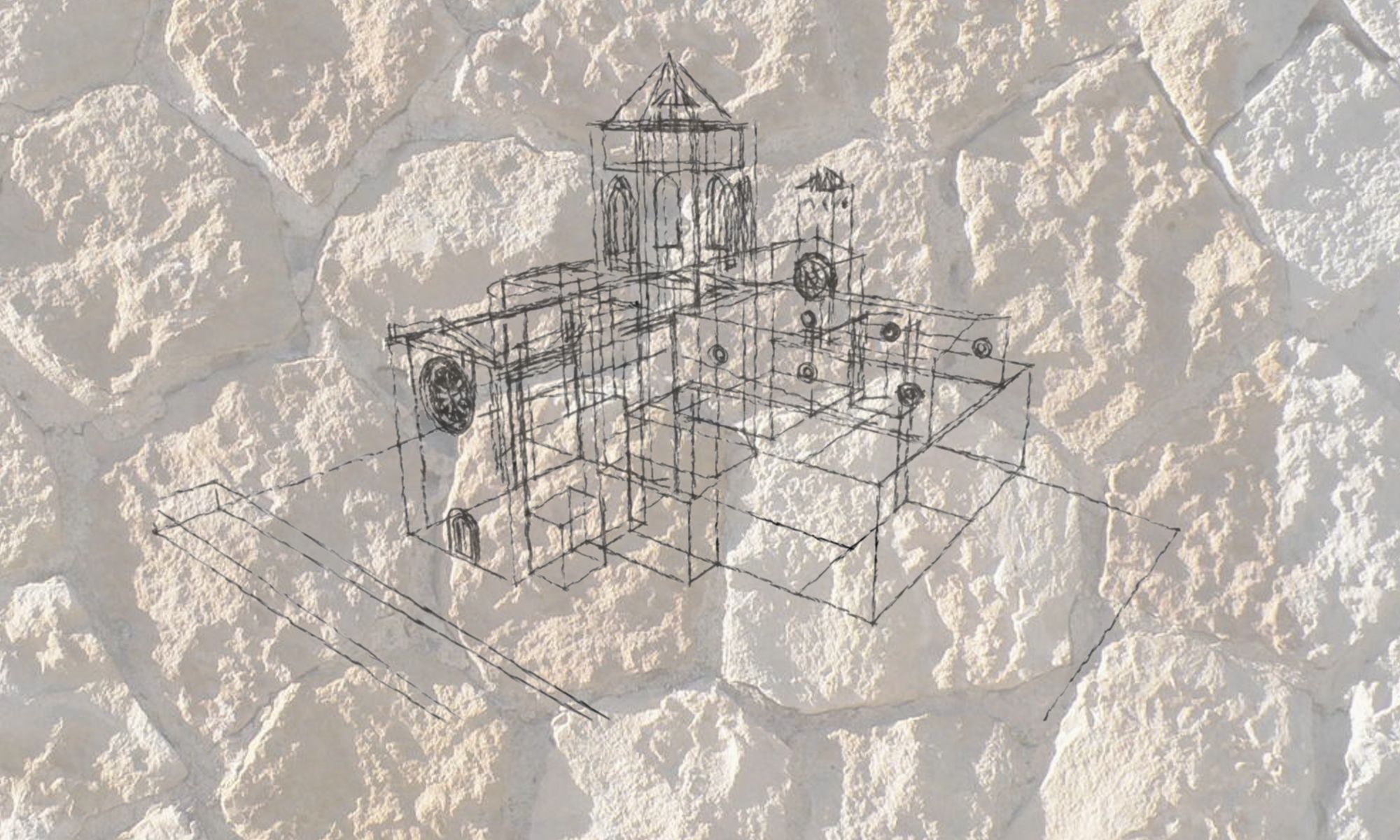Largely trimmed stone was used in Europe for any type of buildings. In some areas like in the north of Germany quarries were extremely rare because suitable stones were not available so building materials had to be transported for large distances. In the north granite was available but for large projects that stone was too hard to bring it into shape. The transportation costs could easily exceed the material costs. So this was one of the reasons why people didn’t use expensive crafted stone but clay / bricks that was largely available.
Due to glacier movements in early times parts of northern Germany like e.g. the Mecklenburg lake district (mecklenburgische Seenplatte) are covered with ground boulder stone. The stones were „cut“ and „shaped“ by the forces and weight of moving glaciers like in a mill. People used boulder but due to its roundish shape large quantities of mortar were needed. The stones had to be collected and selected to fit together into a wall.

Bricks
Bricks are in use for a very long time, but not before the 12th century dishes or forms were notably used to produce bricks in the same size on large scale.
With the use of bricks in some areas the brick gothic developed. The basic concepts and shapes of the „usual“ gothic style remained but in details some adoptions had to be done (e.g. less decorations, less lacework, a very close look at the quality of each brick stone if used in highly stressed places, the use of colored bricks). For a long time in history the use of bricks was unusual but in the 12th century it reappeared. The bricks are comparatively small, lightweight units that were easier to transport than stone. Nevertheless brickworks were situated closely to the site of large „projects“. The bricks could be produced in different sizes (depending on the used forms or dishes) but for churches only a few sizes were used (it was a lot easier to handle only 2-5 sizes). The typical brick shape is a rectangular solid, with its longer side a bit longer than double the width so that two crosswise placed bricks above have the same length including the butt joint (see sketch below). In ancient times bricks were not standarized so each building site had its own brick sizes. The mean brick size was between 28 × 15 × 9 cm³ up to 30 × 14 × 10 cm³ (1 foot = 0,33 yards = 30,48 centimeters = 12 inches). The gaps were usually 1,5cm [3a]. The dimensions of the bricks set in some ways the length / thickness of the walls; usually people avoided to cut bricks into pieces or use another brick size if possible.

In order to burn the dried clay bricks they were stacked with some space around each brick, the gaps were filled with coal, the whole thing was covered and set on fire. It took several days (up to two weeks) and may be compared to the production of coking coal instead of a „big blaze“. The brick quality varied strongly depending on the heat development and the brick position. (The mean brick size is a result of that too, if the bricks were too big they wouldn’t be consistent inside). The use of clay that contains lime could reduce the needed temperature; overheated bricks did not combine well with mortar; bricks that were not heated enough had too big pores and absorbed water (were not weatherproof especially under icy conditions). So the junk quota (Ausschußquote) was very high. Bricks of high quality could be recognized by their color and only these could be used in highly stressed places. In order to increase the resistance to weather brickssometimes were enameled (glasieren); that also allowed different colors, too, but was expensive.

